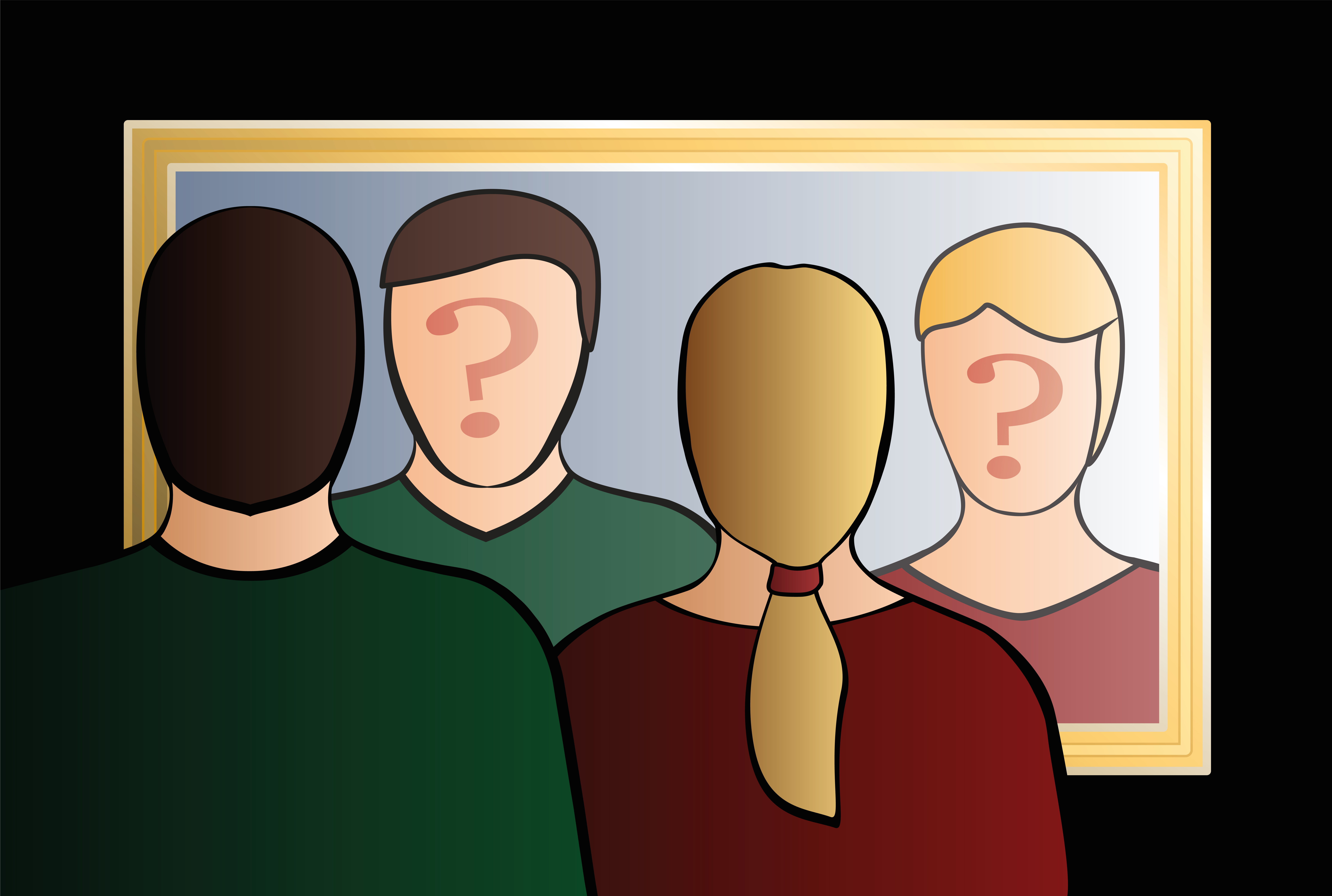Unconscious bias afflicts everyone, no matter how well you have been educated.
Recently I had the opportunity to speak to a global group on the topic of leadership. My recent work, The Leadership Tinderbox – Coaching to Kindle the Passion for Success, which is the result of interviews with senior human resource professionals with extensive global experience, was the basis for my keynote.
One of the headlines in the presentation calls on leaders to define their leadership brand because if they don’t, others will create it for them. I am not speaking of the leadership brand of a company. I am speaking of your personal leadership brand. Not a leader at work? Then call it your professional brand. Or your own personal brand.
The questions to ask yourself are:
- What are my values?
- What do I stand for?
- What are intentional opinions and unconscious biases?
The ability to create and articulate a meaningful leadership brand statement takes time and supportive coaching. Today, the focus is on the third bullet: What are your intentional opinions and unconscious biases?
THE STORY
After the leadership keynote and book signing, I was walking out with some folks from the audience. I made a remark about the look of the building. It was recently renovated with bright colors and modern/retro furniture that could have been right out of the ‘70s. It had a great vibe. I liked it!
One of the people made a remark that caused this brief exchange.
“The new offices were designed to look more like millennials would like. The ‘finely aged’ don’t like it.”
“I like it. I am finely aged.”
“We have complaints. They don’t like it.”
Immediately I recognized the unconscious bias and the implications it has for relationships in the workplace and leadership branding.
The person in the middle of the exchange is kind, smart, successful – and human. Even having just walked out of a keynote where the topic of unconscious bias and its impact on leadership brand and success was shared, it flowed out of this person’s thought process as quickly as the word’s ‘thank you.’
Whenever the term “they” is used to describe a belief set of others – there is a blanket of bias applied. I had just shared the various generations and how their experiences with technology and other influences develop tendencies and gravitation towards behaviors that now becomes representative of those generations. Even as such, each of those generations is made up of individuals that may or may not align with those tendencies and behaviors. Blanket statements and trying to spread an assessment of that entire group with comments like “They don’t like it.” is an absolute disservice in building relationships and to leadership brand image.
Unfortunately, often, these comments are made in a supposedly safe environment where the speaker believes the recipient is aligned with the belief. Misfortune often results when the speaker does not realize that the comments have now offended the recipient or have been overheard by someone in the vicinity that does not fall into their safe zone. The damage to their leadership image begins and unfortunately, they don’t know it.
GUARD WORDS AND ACTIONS
As a leader, your image is an integral part of your ability to lead effectively. Followers want consistent leaders. They want leaders whose decisions reflect stated words and beliefs. They want authenticity. They look for the opportunity to be assessed fairly, not judged. Judgment and bias are efficiently intertwined – to the demise of organizations.
Intentionally placing a uniform lens on a group of people, without validating that every person in that group holds the same belief, is a biased leader. I don’t care how many times I hear that every person matters to the success of the organization, and every employee is given a fair shake. It simply is not true with a leader who makes generalized statements.
I was approached by a millennial who asked if she, along with a few other millennials, could be interviewed to share their reaction to all the blanket statements that had been made about them. “People need to understand that millennials are made up of individuals, and we are all not the same. We are tired of all the generalizations.”
Leaders should be the ones leading the charge to end the broad brush of judgment based in bias. Not the employees. Leaders need to guard their words and actions as whatever they say, can damage the discretionary efforts and loyalty of the employees they lead.
CURIOSITY
Curiosity is the antibiotic for judgment. Having a willingness to challenge oneself to continually ask, “Can I truly say that this entire group is this way?” supports the leader in maintaining an open mindset. Respecting everyone as an individual goes even further.
Once the belief is established, all incoming data that agrees with the conclusion reinforces the belief. All incoming information that disagrees with the opinion is dismissed. Our brain is doing what it is supposed to be doing, efficiently organizing data. Unfortunately, it doesn’t make for great leadership.
Having curiosity for another person is more than a ‘5 Why’s’ exercise. It is an exercise in being interested enough to learn about the other person. It is the courage to challenge oneself and others when judgment statements are apparent.
Hopefully, everyone is willing to be aware of their words and opinions, and begin ending the vicious cycle of bias and judgment and begin to employ the use of the new antibiotic – curiosity. Being aware is half the journey.


